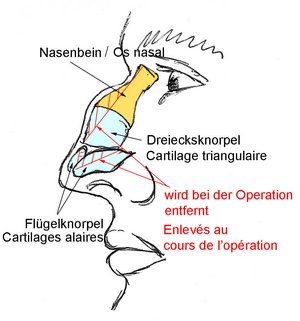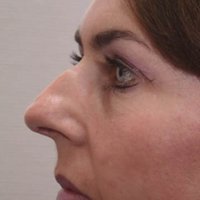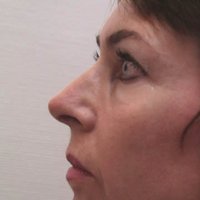Nose surgery (rhinoplasty)
Nose surgery is closely related to the development of plastic surgery. In Greek, the word “plastein” means “to form” and was used for the first time in medical literature to refer to the operation to form the nose. Nose surgery is one operation that demands the most know-how. The influence of the shape, size and the position of the nose is very important in balancing the features of your face. A poorly executed operation can contribute to the dispruption of this balance.
Great skill is attributed to the correct fitting of the operated nose on the face of the patient. A nose is not entirely changed; it is reshaped and reduced. Dyspnea or heavy breathing due to a deviated septum or to an enlarged turbinate bone.
The Operation
Careful planning of the operation is very important and is established with a photographical analysis of the patient on the computer.
It is an outpatient operation under general anaesthetic. If the operation concerns only the nose tip and no bone is affected, then it is performed under local anaesthetic.
Incision
Incisions are made inside the nose or sometimes on the level of the columella, and generally heal well.
After the operation
After the operation, the nose is protected with a plaster cast or a synthetic splint. The dressings are removed after a few hours or a couple of days, depending on the operation. The plaster cast or the splint is removed after about a week. Bruising and swelling will be disappear after about two weeks.
For two to four weeks, a tape is applied on the tip of the nose during night time to prevent excessive swelling.
Risks
After every rhinoplasty with osteotomy (operation on the bone) bruising and swelling around the eyes is common. Bleeding or infections are rare.
Some deviations or irregularities may appear several weeks after the operation and might require further adjustment.
The nose can stay slightly stuffed-up until the edema (swelling) the mucous membrane is completely reabsorbed.
The tip of the nose will stay hard and slightly swollen for a few months (only visible to the patient him/herself in the mornings) with a reduction in sensitivity.




